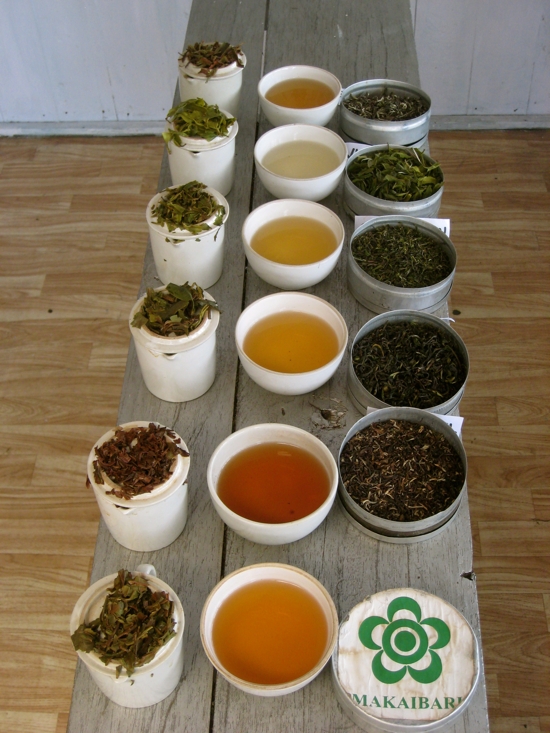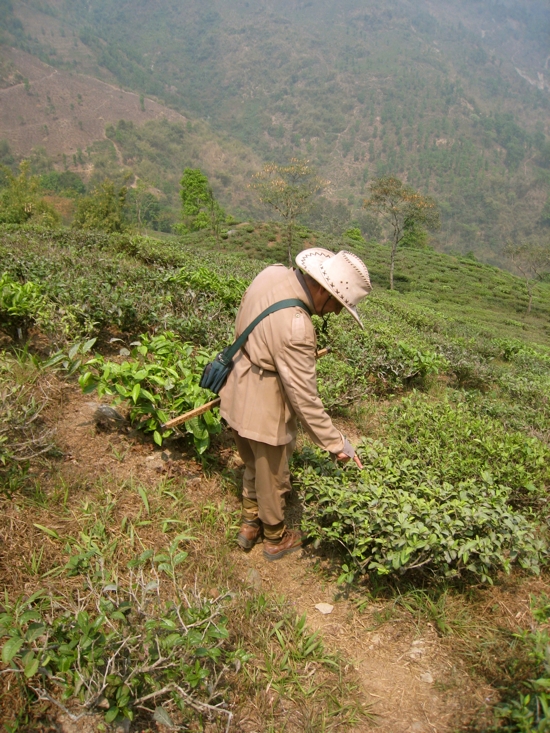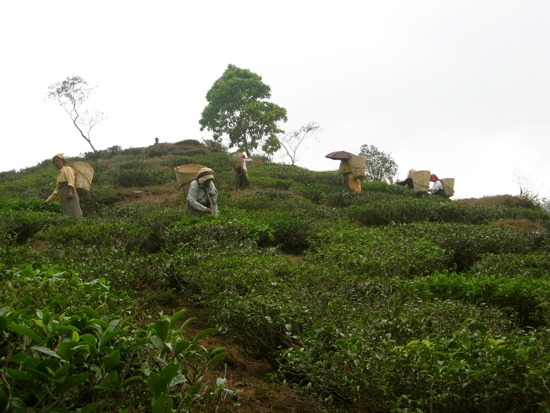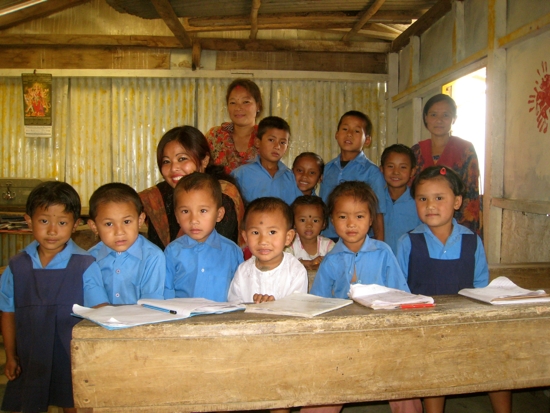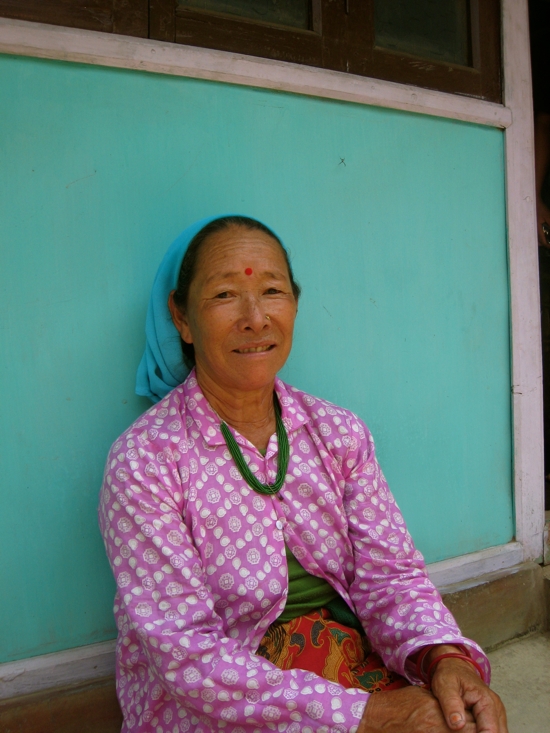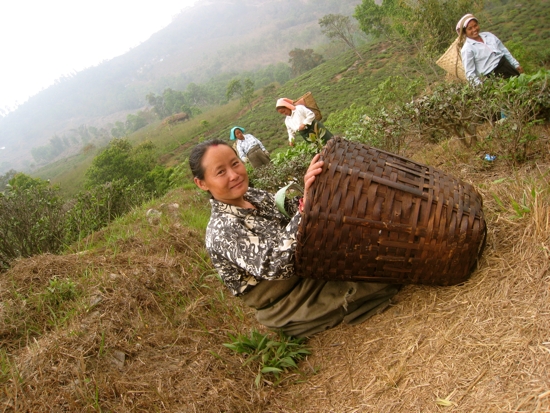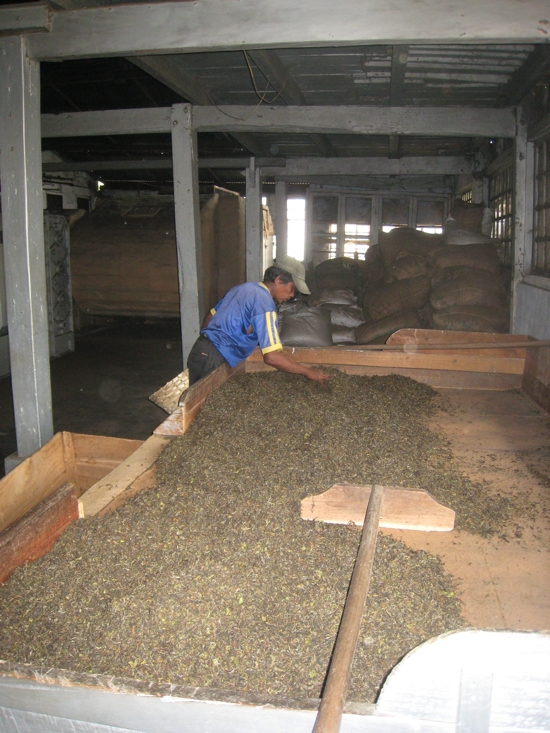Some tastes stay with you forever. The moment the warm amber liquid slid from the edge of a hand shaped teacup, onto my lips, and slowly swished around in my mouth, I knew I had tasted something special. I put the teacup down, picked up the small gold sticker and read ‘First Flush 2005 Makaibari Tea Estates, Darjeeling’. The loose-leaf tea, picked several months earlier, was a gift from a dinner guest the night before. I had drunk loose-leaf tea before but it was generally an herbal mixture. My go to comfort tea, and still is, was Twining’s Earl Grey. But there was something unique with this liquid brew. All at once, there was delicacy and depth; a natural sweetness with a touch of bitterness; an earthiness that reminded me of walking over a bed of fallen leaves during mid autumn in Gatineau park. I had not tasted a tea whose flavour was as well rounded as this one.
The Makaibari First Flush instantly became my special afternoon pick me up tea. A year later I also started using Makaibari’s Apoorva tips when making chai. I learned that Makaibari followed biodynamic and permaculture principles. I was intrigued and wanted to learn more by visiting the tea estate. This was finally possible in March 2010 when I made the journey through the winding roads of the Himalayas eventually reaching Kurseong, just south of the hill station of Darjeeling.
Makaibari is believed to be the oldest tea estate in Darjeeling having been established in 1859. Four successive generations of the Banerjee family have run the estate with its current owner, the eccentric and entertaining Rajah, having become a pioneer and champion in the cultivation of organic tea in Darjeeling. Even during the late 1970s Rajah started to see the effects that soil erosion was having on his own and other various tea estates that dot the hills of Darjeeling. He slowly started to implement permaculture practices and over the following decade slowly adopted organic agriculture towards the management of the tea gardens becoming the first organic tea plantation in India in 1986 (and later on the first to have their teas certified Fair Trade). During the 1980s he saw how these changes were producing beneficial effects on the taste of the tea and the health of his plants. But he wanted push things even further and by 1991 had transformed the estate into a fully biodynamic system, where the soil fertility, plant growth, and livestock are all interrelated.
These holistic and alternative practices are also carried over to the 7 village communities, whose many habitants work for Makaibari, spread around the plantation. A joint body of elected members, primarily women, have bi-monthly meetings to cover development issues and how funds for the community should be spent. Improved sanitation, retirement stipends and life long health care became immediate priorities. There are 3 small nurseries and 3 primary schools for 3-10 year olds on the estate. Teenagers go to other nearby villages for high school. I spent several days at the plantation and stayed in the home of a family living in one of the villages. Only the husband worked in the main factory building. His parents had both worked in the tea estate – his father in the factory and mother as a picker. He made enough money now, through his work and the homestay program, that his wife did not need to take on a job outside the home. His two children were in college and had no intentions of working for Makaibari. They did however, intend to return to the area and look for more professional office jobs.
Harvesting and packaging tea requires about ninety percent manual labour. I spent several days following the tea pickers, predominantly women of Gurkha or Nepali background, up and down the steep slopes of the tea garden. They are strong women doing very laborious, back break work. It is no wonder that their children do not want to follow in their footsteps. The social and educational investments Makaibari has contributed to the communities have been successful in each successive generation getting better jobs on or off the estate.
My store of Makaibari tea is currently limited making each brew that more special. When I do get the chance to savour the delicious nectar I am reminded of the special people and communities responsible for nurturing the tea estate’s ecosystem.

